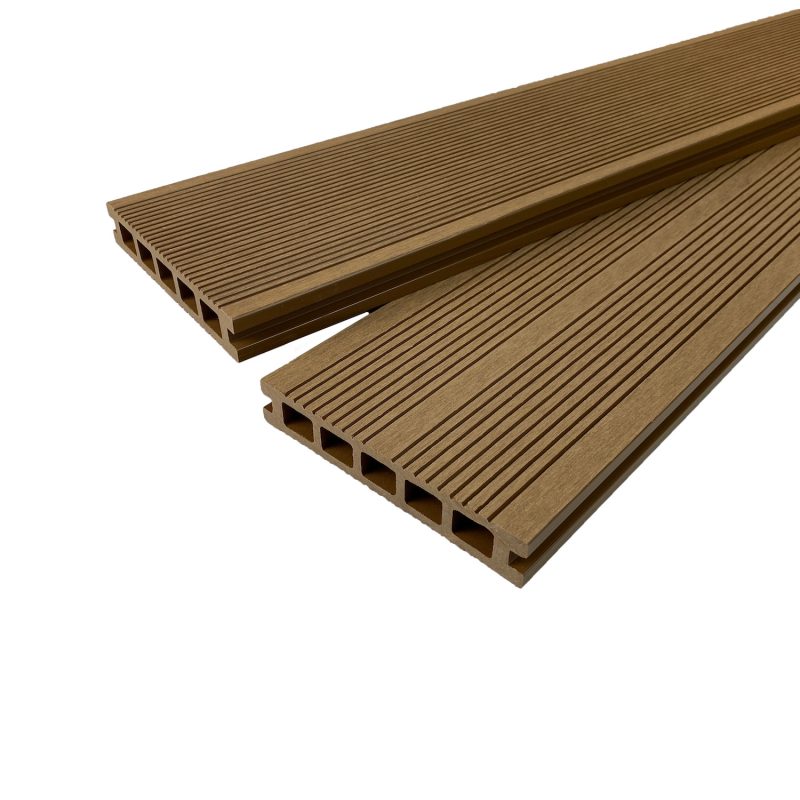

Many manufacturers of synthetic decking offer a variety of railings, such as provincial or Mission style, that can help the deck fit with the rest of the house. It’s more challenging to make a deck work with older styles, such as Tudor, colonial, or 1920s bungalow. A ranch, raised ranch, or contemporary house style can work well with many deck designs. The width of the decking, its color and finish, and the shape of the railing are important design elements. If you’re hiring a pro, note that the cost of labor-either to build a new deck or to replace worn planking on an existing structure-can easily exceed the cost of the materials. When pricing the materials, be sure to figure in the cost of railings, stairs, and supporting structure, as well as the planks under foot. For wood, solid stains typically yield longer-lasting results. Don’t skimp on support joists if you choose heavier composites or less-rigid plastics. Along with a circular saw, you’ll need a drill, preferably cordless. You can save hundreds by replacing the decking yourself. Here are some other considerations to keep in mind.

Composite decking material pro#
But if the finish is flaking or worn off in spots, we suggest hiring a pro who’s equipped to safely remove the old finish, dust, and debris, then refinish it. Regular refinishing helps to seal in the toxic arsenic that CCA decking contains. Also, if your deck was built before 2004, it’s probably made of lumber treated with chromated copper arsenate.

Signs of an unsafe deck may not be obvious, so safety checks are critical when deciding to repair or replace. If your decking has cracks, looks dirty, or suffers from mildew, it’s time to decide whether to refinish or replace it entirely. CR members with digital access can see our decking ratings. Use this buying guide to consider smart options that fit your budget and help create a space that’s both relaxing and easy to care for. It’s also worth considering which materials will be easiest to care for and will stand the test of time, which is why we advise making decking decissions based upon the big picture. But aesthetics and cost are only part of the equation when shopping for decking. And of course you want materials that look and feel good, at a price you can handle. Ultimately, building or updating a deck can boost the value of your home. (Keep in mind that depending on the decking material you use, you still may need to build the frame, or structure, out of wood.) If you previously would have passed over alternative decking, or may have even started your project with the intention of using wood, it might be time to give those alternatives a second look-based on that narrowing price gap or simply because it’s what’s available. Composites, which blend ground-up wood and plastic, also require little maintenance they can simulate wood and offer lots of color options. Synthetic plank decking, for instance, offers good looks with less upkeep. In fact, those surging costs might temporarily make composite and other alternative decking materials-usually far more expensive because they last longer-more appealing. And experts project that prices won’t drop significantly for the forseeable future. Since the start of the pandemic, wood decking prices rose as much as 150 percent, due to supply chain kinks and skyrocketing demand from homeowners and builders. But steep pandemic-related shortages have made wood far less affordable. Wood has long been the material of choice, largely because of its lower costs. When it comes to decking, big changes are underfoot.


 0 kommentar(er)
0 kommentar(er)
